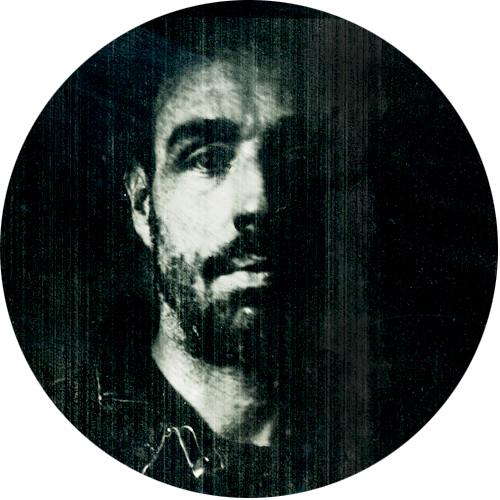Scaling Up
Much of the work I have made at the wheel has been of a huggable or holdable size; between grapefruit and watermelon size. Learning to throw is a constant. life-long, process and the more I throw, the more I understand just how much more there is to know. Technique is not an end in itself for a ceramic artist, but it is very important to recognise that techniques, as much as processes, materials, and tools, all have histories and that exploring these can always reveal something new, even to the most conceptually driven maker.
When navigating these histories, however, it pays to be aware of which aspects seduce you as a maker, which are blinding you, and which remain lost in plain sight. Making big pots, for example, can be seen as a macho, heroic, even arrogant thing to do. - Perpetuating the notions that force and strength conquer, or that size is important, or that something big is more of an achievement, or that physical effort amounts to value, is the last thing I want to do. And yet throwing itself is partly about mastery of a difficult task, of Practice, so it seems natural to push the limits of one’s own ability. - This is not about showing off, as much as it is about feeling ready to push again.
In trying something more difficult, there is always something learnt. I have noticed that I will cycle through a process of consolidating what I ‘know’, and then reaching beyond this, pushing my limits, only to return to what I know. But you never truly return, you move instead to a new place, or a new way of making, altered by the new experience and learning.
Throwing these larger pieces, involved learning a new understanding about the strength and weight and humidity of the clay. It involved bracing my body and arms in new ways, it involved patience and introspection as another coil is thrown onto the growing form.
The grog in the clay looks very different in relation to a piece of this size, as do the smears of slurry, and the additions of pre-fired pegs of clay studding the surface. Scaling up therefore, might also dictate the need to completely reformulate the clay body, and to make larger elements to add to the basic form.
I know I will return to these questions. Indeed, after a stint of making spherical, generous bellied pieces, I feel an urge to make tall, slender shapes. And each of these changes adds to an accrued understanding, constantly shifting, ever growing.










